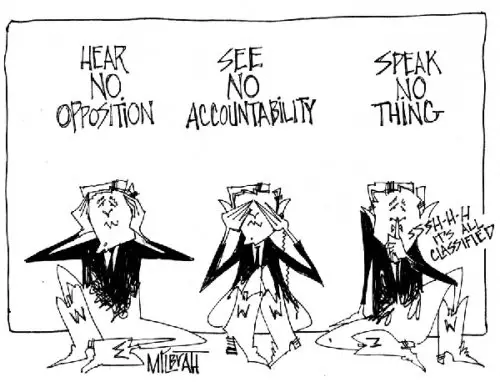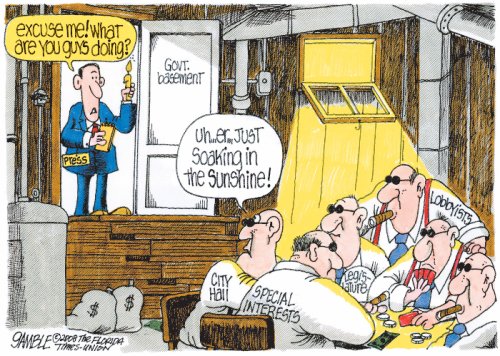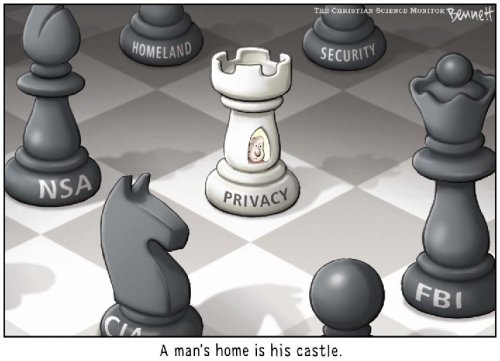- Anne Near, Laurel Near, Phyllis Binder, Kate Magruder
- Posted On
Group thanks Kelseyville School Board for decision
These messages, brought forth by Clayton Duncan, founder of the Lucy Moore Foundation and many other supporters served as catalysts for new perceptions, compassion and forgiveness in regards to settler and native history of this beautiful northern California area.
Preceding this important historical mascot decision by the Kelseyville School Board, yet equally as deserving of recognition, was the State Department of Park Recreation’s placement of the Bonopoti Plaque May 15, 2005, in cooperation with the Lucy Moore Foundation.
Bonopoti (Old Island) was a place for native gatherings until May 15 1850. On that date a regiment of the 1st Dragoons of the U. S. Cavalry, commanded by Capt. Nathaniel Lyon and Lt. J. W. Davidson massacred nearly the entire native population of the island. Most were women and children. The act was a reprisal for the killing of Andrew Kelsey and Charles Stone who had long enslaved, brutalized and starved indigenous people in the area. The island, now a hill, surrounded by reclaimed land, remains a sacred testament to the sacrifice of innocents, and is marked now as CA. Registered Historic Landmark 427.
In recognition of these compassionate and historic events, it is now timely that this statement be finally published:
Statement Made at Bloody Island Candlelight Vigil, May 17, 2003 Lake County, California at Bonapoti.
In honor of the 4th Bloody Island Candlelight Vigil, we, the undersigned, in regards to all the following indigenous tribes, and others in Mendocino and Lake Counties: Yokaia, Hopland Band of Pomo Indians, Guidiville, Pinoleville, Sherwood Band of Pomo Indians, Coyote Valley Band of Pomo Indians, Elem, Robinson Creek, Wailaki, Yurok, and Redwood Valley Little River Band of Pomo Indians, would like to publicly state:
We acknowledge that we are the European, Nordic, Russian, Scandinavian, Caucasian, Middle Eastern, and Asian descendants of immigrants to this land of indigenous people. Some of us are also known as White/Anglo – the mainstream people. We are the descendants of immigrants and explorers who deliberately, as well as unconsciously, spread disease, introduced the use of poison alcohol, and cowardly killed men, women and children who were in the way of their way of life. Our ancestors’ actions created a tragedy on a scale so ghastly that it cannot be dismissed as merely the inevitable consequence of the clash of competing ways of life.
As the descendants of immigrants, we personally hold a legacy of racism and inhumanity that included murder, rape, massacre, forced relocation of tribes, and kidnapping, as an attempt to completely wipe out indigenous people; a government policy of ethnic cleansing that is so unthinkable that it tightens like a chain on the heart when remembered.
Even though the common phrase by white people is “Well, we personally did not do that, and I never would do that ... I can’t help who I am ... you’re blaming me for something I had nothing to do with,” or “The entire history of humankind is filled with one people after another, including Native Americans, killing others and taking land,” or “It’s not just the United States who engages in uncivilized activities, there are many others,” still, the descendants of people with white and pale and peach skin have inherited the benefits from the stolen land and stolen natural resources which have been squandered and sold many times over since then.
We also acknowledge that there were white and pale and peach skinned people with heart, courage and strategy who stood up AGAINST their own people, and we hold those souls who stood with native peoples as our role models. Even though those white peoples’ history was seldom recorded by mainstream culture or media, and we don’t know their names, we look to them for inspiration.
We also recognize that even though many of us live with native peoples as our partners, in the outside world we walk in a veil of privilege, where doors swing open for us. We commit to tell the true stories of these valleys to other white, pale and peach colored people. We will tell the story to one person at a time.
By accepting the knowledge of this legacy, we also accept the moral responsibility for daily practice of putting things right in the following ways:
to interrupt racism respectfully yet clearly so as not to create more hurt,
to tell the history of our area to other descendants of immigrants,
to write letters to the editor when there are articles published that are racist or ignorant,
to show up, when we are able, in the city council, board of supervisors and in court, when there is a need for public support to correct an action taken against the surviving indigenous people.
White, hidden, unspoken guilt keeps the mainstream culture numb, quiet and, many times, simply unaware, all the while the cycle of racism keeps chasing its tail.
Since it has been 511 years since 1492, we resolve to collect 511 signatures or more, one for every year of occupation, in support of this statement. Thank you for allowing us this time.
Written by Anne Near, Laurel Near, Phyllis Binder, Kate Magruder.
May 17, 2003
Since 2003, over 100 diverse people have signed the statement.
To add your name to the statement, e-mail your name, city and state to This email address is being protected from spambots. You need JavaScript enabled to view it. Your name will be added to the list, however you will not receive a response.
{mos_sb_discuss:4}











